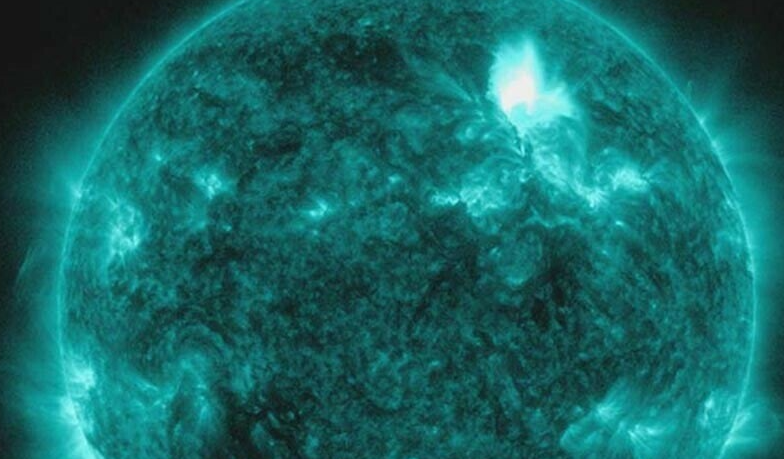Extreme Solar Storm Strikes Earth (GS Paper 3, Environment)

Introduction
- On May 11, 2024, Earth encountered a powerful solar storm, the most significant in over twenty years.
- Triggered by multiple coronal mass ejections (CMEs) from the sun, the event captured global attention due to its profound impact on communication networks, satellite operations, and power grids.
- Additionally, it treated observers to dazzling auroras spanning from Tasmania to Britain.
Understanding Coronal Mass Ejections (CMEs)
- Coronal mass ejections are colossal eruptions of solar wind and magnetic fields from the sun's corona into space.
- These ejections are notable for carrying billions of tons of plasma intertwined with magnetic fields.
- During the recent event, the expelled CMEs traveled towards Earth at approximately 800 kilometers per second, significantly slower than solar flares.
The "Extreme" Geomagnetic Storm
- The recent solar event was categorized as an "extreme" geomagnetic storm, reminiscent of the Halloween Storms of October 2003.
- Geomagnetic storms arise from disturbances in Earth's magnetosphere due to changes in solar wind.
- Notably, the captivating auroras, or northern/southern lights, were visible globally during this event.
Impact on Technologies and Essential Services
- The fluctuations in Earth's magnetic field during the storm posed risks to satellite operations and power transmission infrastructure.
- Potential consequences included disruptions to communication networks, satellite functions, and power grids.
- NOAA issued alerts to prepare for such contingencies, emphasizing the importance of readiness in communication and power supply sectors.
Biological and Cumulative Effects
- Apart from technological disruptions, geomagnetic storms can affect biological entities relying on Earth's magnetic field for navigation, such as pigeons.
- Anecdotal evidence suggests disruptions in pigeons' homing abilities during similar events, highlighting potential ecological impacts.
Scientific and Public Engagement
- The solar storm sparked scientific and public engagement with space weather.
- Academic institutions and space weather monitoring bodies provided guidance on observing these phenomena safely, enhancing public awareness and understanding.
Auroras Captured in India
- The Indian Astronomical Observatory documented the rare auroral occurrence in Hanle and Merak, Ladakh.
- Observations included intense red auroras indicative of energetic particles at higher altitudes and rarer blue and violet bands suggesting lower atmospheric interactions.
Historical Perspective: The Carrington Event
- While severe, the recent storm is dwarfed by the historical Carrington Event of 1859, the most intense geomagnetic storm on record.
- The event caused widespread telegraph system failures and produced brilliant auroras visible closer to the equator than usual, highlighting the potential global impact of such events on modern infrastructure.
Conclusion
- The recent extreme solar storm underscores the importance of monitoring and preparing for space weather events.
- As society becomes increasingly reliant on technology, understanding and mitigating the risks posed by geomagnetic storms are essential for ensuring the resilience of critical infrastructure and minimizing disruptions to essential services.


